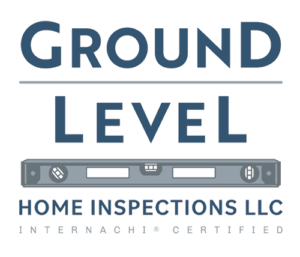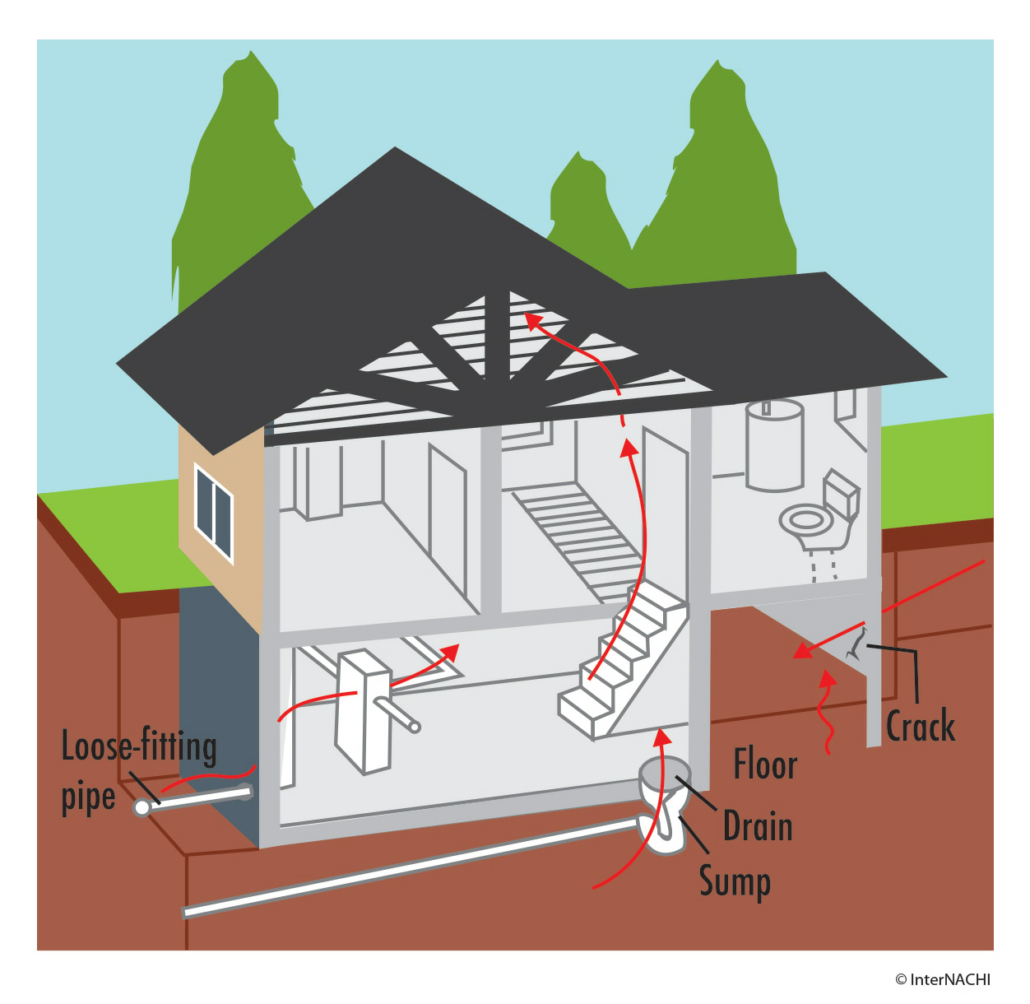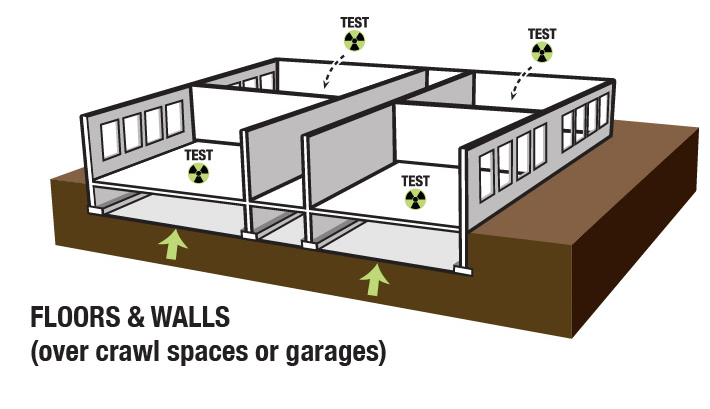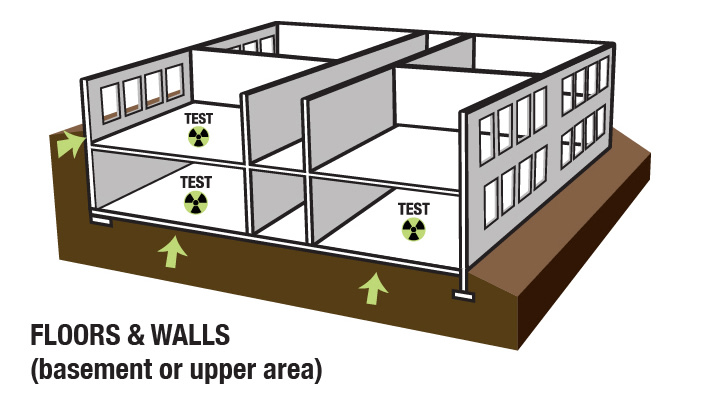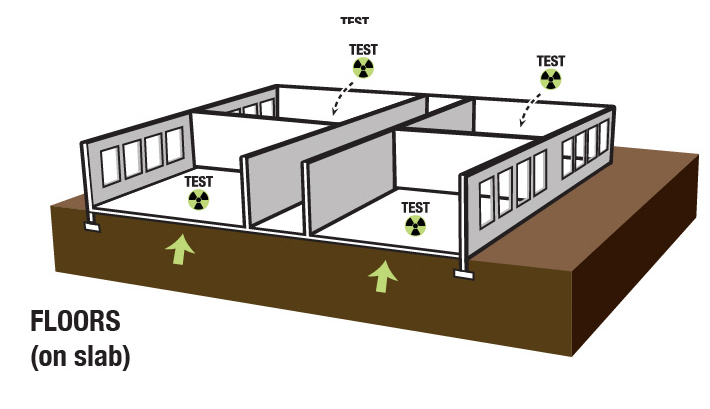A Safe Home
Since Radon is everywhere it is recommended to have every home tested. In general, Oregon is a moderate risk level, though there are some higher risk areas. New construction homes are built much tighter for higher energy efficiency which can trap Radon in the home. Basement and concrete slab homes also have a higher risk for Radon as they cannot breathe or ventilate properly like a vented crawlspace. In short, you don’t know until you test.

